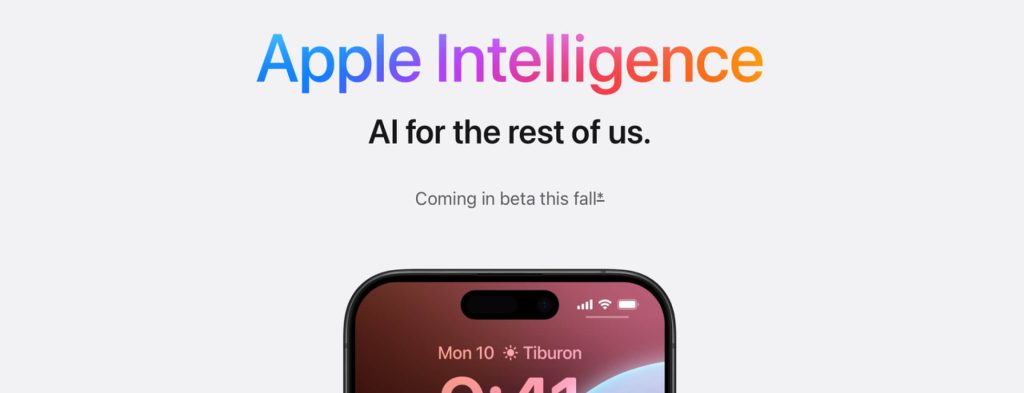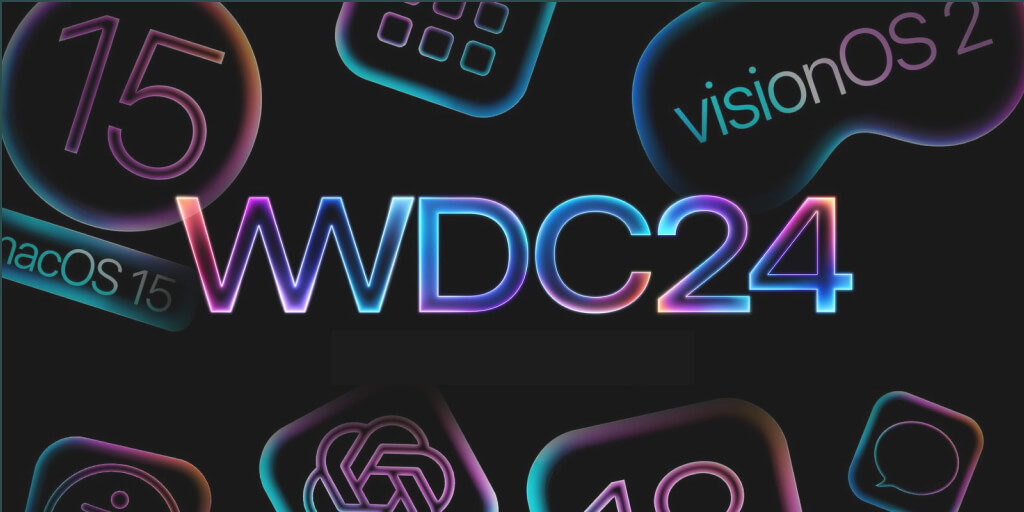Introduction
In today’s digital age, education and training have evolved significantly. Learning Management Systems (LMS) have become essential tools for organizations, educational institutions, and businesses to deliver, manage, and track learning experiences. This comprehensive guide will explore the world of LMS apps, providing valuable insights for developers, entrepreneurs, and educators looking to create their own learning platforms.
Whether you’re looking to create a platform for online courses, corporate training, or personalized learning experiences, this guide will provide you with the knowledge and resources needed to bring your LMS vision to life. From understanding the essential features to navigating the technical complexities, we’ll cover everything you need to know.
Statistics & Quotes:
- “The global LMS market size was valued at $13.4 billion in 2020 and is expected to grow at a CAGR of 19.1% from 2021 to 2028.” – Grand View Research
- “Education is the passport to the future, for tomorrow belongs to those who prepare for it today.” – Malcolm X
- “The beautiful thing about learning is that no one can take it away from you.” – B.B. King
- “An investment in knowledge pays the best interest.” – Benjamin Franklin
- “The purpose of education is to replace an empty mind with an open one.” – Malcolm Forbes
- “The only person who is educated is the one who has learned how to learn and change.” – Carl Rogers
- “The roots of education are bitter, but the fruit is sweet.” – Aristotle
What is a Learning Management System (LMS)?
A Learning Management System (LMS) is a software application designed to administer, document, track, report, and deliver educational courses or training programs. LMS platforms serve as centralized hubs for learning content, user management, and progress tracking. They facilitate online learning, blended learning, and even traditional classroom-based learning by providing a digital infrastructure for content delivery and learner engagement.
Popular LMS Platforms
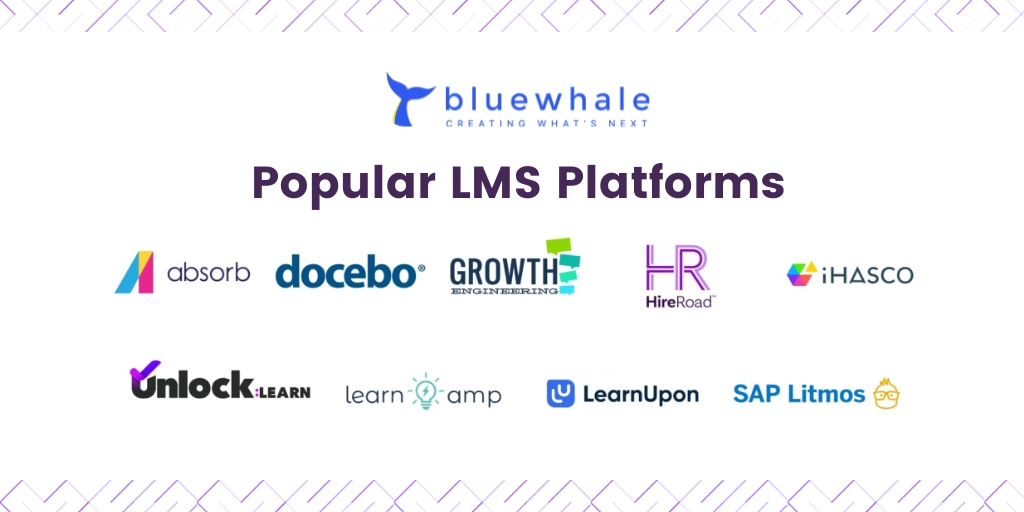
While building your own LMS offers unique advantages, it’s worth noting some popular existing platforms:
- Moodle: An open-source LMS known for its flexibility and customization options.
- Canvas: A cloud-based LMS popular in higher education settings.
- Blackboard: A well-established LMS used by many universities and corporations.
- TalentLMS: A user-friendly platform suitable for businesses of all sizes.
- Google Classroom: A free, easy-to-use LMS integrated with Google Workspace.
Benefits of Having Your Own LMS
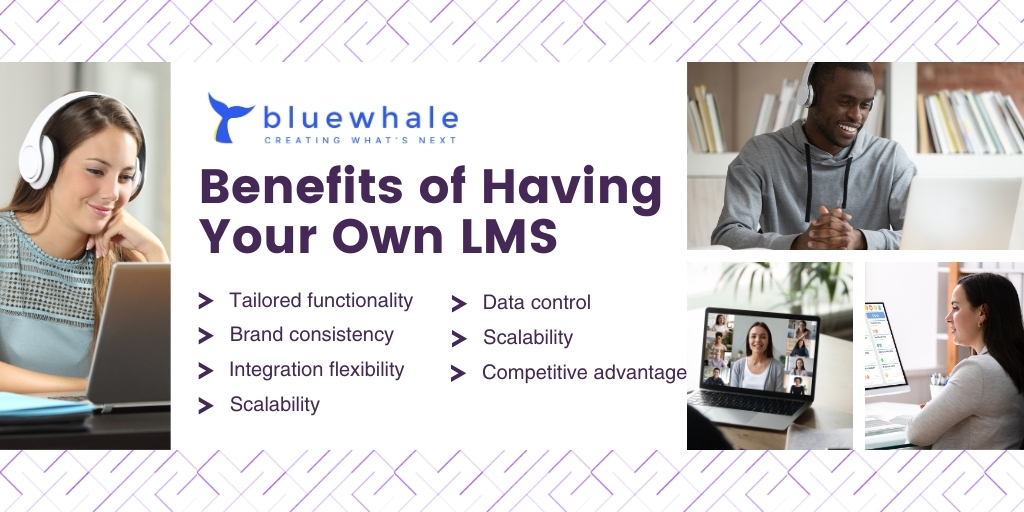
Developing a custom LMS offers several advantages over using off-the-shelf solutions:
- Tailored functionality: Design features specific to your organization’s needs.
- Brand consistency: Maintain your brand identity throughout the learning experience.
- Integration flexibility: Easily integrate with existing systems and tools.
- Scalability: Grow and adapt the system as your needs evolve.
- Data control: Maintain full control over user data and analytics.
- Competitive advantage: Offer unique learning experiences that set you apart.
Types of Learning Management Systems
LMS platforms can be categorized based on various factors:
- Deployment model:
- Cloud-based LMS: Hosted on remote servers, accessible via the internet.
- Self-hosted LMS: Installed and managed on the organization’s own servers.
- User focus:
- Academic LMS: Designed for schools, colleges, and universities.
- Corporate LMS: Tailored for employee training and professional development.
- Licensing model:
- Open-source LMS: Free to use and modify, with community support.
- Proprietary LMS: Commercially licensed software with vendor support.
- Learning approach:
- Asynchronous LMS: Supports self-paced learning.
- Synchronous LMS: Facilitates real-time, instructor-led training.
- Blended learning LMS: Combines online and face-to-face learning experiences.
Understanding the Fundamentals of LMS
Learning Management Systems (LMS) are software applications designed to manage and deliver educational content, track student progress, and facilitate learning interactions. A well-structured LMS can streamline the entire learning process, making it more efficient and engaging for learners and educators alike.
Key Components of an LMS:
- Content Management: Uploading, organizing, and distributing learning materials such as videos, documents, quizzes, and interactive modules.
- Learning Delivery: Providing learners with a platform to access and interact with educational content, including tracking their progress and providing feedback.
- Assessment and Evaluation: Evaluating learner performance through quizzes, tests, assignments, and other assessment tools. Providing feedback and generating reports to track progress.
- Communication and Collaboration: Enabling communication between learners and instructors, fostering discussion forums, and promoting collaboration through group projects.
- User Management: Creating and managing user accounts, assigning roles and permissions, and maintaining a secure learning environment.
Essential Features of an Effective LMS
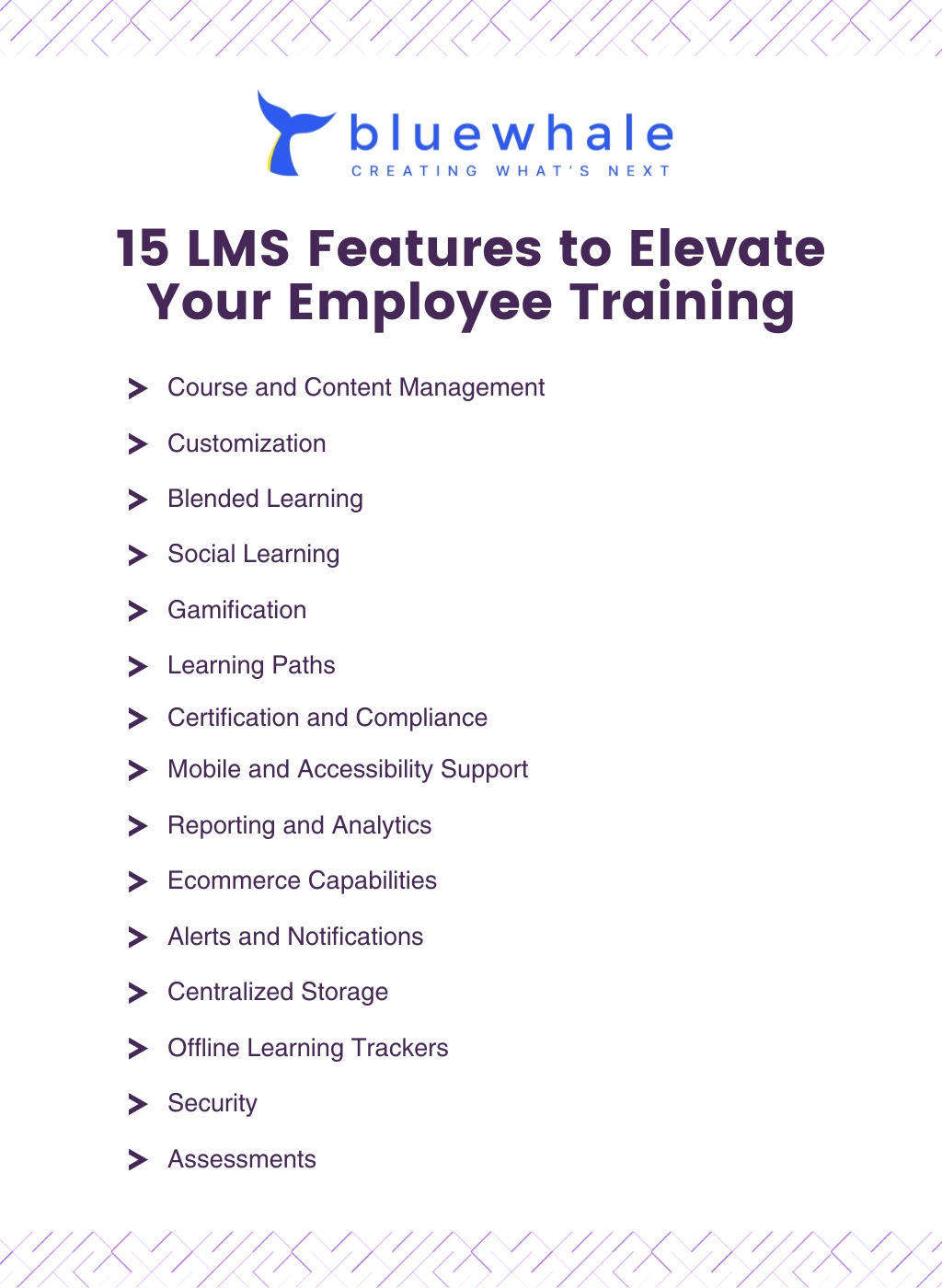
To create a truly effective LMS, it’s crucial to include features that enhance the learner experience and streamline the educational process. Key features often include:
- Course Catalog: A well-organized library of courses that are easy to browse and search. This could include categories, search filters, and course descriptions.
- Personalized Learning Paths: The ability to create customized learning paths based on individual learner needs, skills, and goals. This feature allows for a more targeted and efficient learning experience.
- Interactive Content: Engaging learners through a variety of interactive content formats such as videos, simulations, quizzes, and games. This helps to enhance knowledge retention and make learning more enjoyable.
- Gamification Elements: Incorporating game-like elements, such as points, badges, and leaderboards, to motivate and engage learners. These elements can create a fun and competitive learning environment.
- Progress Tracking and Reporting: Providing clear and comprehensive dashboards that allow learners and instructors to track progress, identify areas for improvement, and generate reports to analyze learning outcomes.
- Mobile Accessibility: Ensuring that the LMS is accessible on various devices, including smartphones and tablets, to provide learners with flexibility and convenience.
- Community Features: Creating a sense of community through discussion forums, chat rooms, or collaborative tools that allow learners to interact with each other and instructors.
Technical Considerations for LMS Development
Building an LMS requires careful consideration of the technical aspects, including the choice of development framework, database management, and security measures. Here are some important considerations:
- Programming Languages: Choosing the right programming language is crucial for building a robust and scalable LMS. Popular choices include Python, PHP, Ruby on Rails, and Node.js, each with its own strengths and weaknesses.
- Database Management: Selecting a reliable and efficient database management system to store and manage course content, user data, and other essential information. Popular options include MySQL, PostgreSQL, and MongoDB, each offering different features and scalability.
- Security and Privacy: Ensuring that the LMS platform is secure and protects sensitive user data is paramount. Implement strong authentication measures, data encryption, and regular security audits to safeguard the system and maintain user trust.
- Scalability and Performance: The LMS should be able to handle increasing user traffic and data volumes without compromising performance. Utilize caching mechanisms, load balancing, and other performance optimization techniques to ensure a smooth and responsive user experience.
- Cloud Integration: Consider leveraging cloud computing platforms like AWS, Azure, or Google Cloud to provide scalability, cost-effectiveness, and easy maintenance for your LMS infrastructure.
Choosing the Right LMS Development Framework
Selecting the right framework for your LMS development is crucial for a successful outcome. Here are some popular and well-established frameworks:
| Framework | Description |
|---|---|
| Django | A Python-based framework known for its robust features, security, and rapid development capabilities. |
| Laravel | A PHP framework known for its elegant syntax, extensive documentation, and large community support. |
| Ruby on Rails | A framework renowned for its rapid development speed, convention-over-configuration philosophy, and strong community support. |
| Node.js | A JavaScript runtime environment well-suited for building real-time applications and APIs. |
Key Considerations for LMS Design
A well-designed LMS can significantly impact the user experience and learning outcomes. Here are some design considerations:
- User Interface (UI) and User Experience (UX): Aim for a clean, intuitive, and visually appealing interface that’s easy to navigate and understand. This will enhance the user experience and make the platform more enjoyable to use.
- Responsive Design: Ensure that the LMS is responsive across different devices, including smartphones, tablets, and desktops. This provides flexibility and allows learners to access the platform from anywhere.
- Accessibility: Design the LMS with accessibility in mind, ensuring that it’s usable by people with disabilities. This includes providing alternative text descriptions for images, using clear and consistent typography, and offering keyboard navigation options.
- Content Organization and Structure: Create a logical and organized content structure that makes it easy for learners to find the information they need. Use clear headings, subheadings, and navigation menus to guide users through the platform.
- Feedback and Engagement: Incorporate features that encourage user feedback and engagement, such as ratings, comments, and discussion forums. These features can help improve the quality of the content and foster a sense of community among learners.
Monetization Strategies for LMS Apps
There are several monetization strategies you can implement for your LMS app. The best approach will depend on your target audience, business model, and the type of content you offer. Here are some popular strategies:
- Subscription-based: Offer monthly or annual subscriptions for access to all or a specific set of courses. This model provides recurring revenue and can incentivize users to stay subscribed.
- Pay-per-course: Charge a fixed price for individual courses. This allows users to select only the courses they are interested in and provides flexibility for both users and the LMS provider.
- Freemium Model: Offer a free version with limited features and access, while providing premium features or additional content through a paid subscription or individual purchases.
- Affiliate Marketing: Partner with other companies or educational institutions to promote their courses or products through your LMS platform. Earn commissions for each successful referral.
- Corporate Training: Offer customized training programs for businesses and organizations, providing tailored content and support to meet their specific needs. This can be a lucrative market for LMS providers.
Building an LMS App: A Step-by-Step Guide
This step-by-step guide will provide you with a roadmap to successfully build your LMS app. Remember to adapt this guide based on your specific requirements and resources.
- Planning and Requirements Gathering: Define your target audience, the types of courses you’ll offer, and the essential features you want to include in your LMS.
- Technology Selection: Choose your preferred programming language, database management system, and development framework, considering scalability, performance, and security needs.
- Design and Development: Create a user-friendly interface, develop the core features, and test the functionality thoroughly throughout the development process.
- Content Creation and Integration: Develop or source high-quality educational content and integrate it into your LMS platform, ensuring it aligns with your target audience and learning objectives.
- Testing and Deployment: Thoroughly test the LMS application to ensure functionality, security, and performance. Deploy your LMS to a chosen hosting environment, ensuring scalability and security.
- Marketing and Promotion: Promote your LMS app through various channels, including social media, search engine optimization (SEO), and online advertising to reach your target audience.
- Monitoring and Maintenance: Continuously monitor the performance of your LMS, gather user feedback, and implement necessary updates and enhancements to improve the user experience and ensure long-term success.
Building Your LMS with Blue Whale Apps
Ready to bring your LMS vision to life? At Blue Whale Apps, we specialize in creating custom, high-quality Learning Management System (LMS) applications tailored to your specific needs. Our team of experts will guide you through every step of the process, from planning and development to deployment and maintenance.
Get Started with a Free Consultation
Take the first step towards building your dream LMS by scheduling a free consultation with Blue Whale Apps. Our experts will discuss your project requirements, provide valuable insights, and help you plan the best strategy to achieve your goals.
FAQ
How to launch a learning management system?
Launching an LMS involves several key steps:
- Finalize and test your LMS thoroughly.
- Prepare user documentation and training materials.
- Set up hosting infrastructure and ensure security measures are in place.
- Migrate existing content and user data, if applicable.
- Conduct a soft launch with a small group of users to gather feedback.
- Address any issues or improvements identified during the soft launch.
- Plan a marketing strategy to promote your LMS.
- Execute a full launch, providing support to new users.
- Continuously gather feedback and make improvements post-launch.
Why is LMS important?
An LMS is important because it:
- Centralizes learning content and administration
- Provides flexible, accessible learning experiences
- Tracks learner progress and performance
- Standardizes training processes
- Reduces training costs and improves efficiency
- Facilitates compliance training and certification management
- Enables personalized learning paths
- Supports continuous learning and skill development
How long does it take to build an LMS?
The time required to build an LMS can vary significantly based on the complexity of the system and the resources available. A basic LMS might take 3-6 months to develop, while a more complex, feature-rich system could take 9-18 months or longer. Factors that influence development time include:
- Scope of features and functionality
- Integration requirements
- Team size and expertise
- Development methodology
- Testing and quality assurance processes
Why choose Blue Whale Apps for LMS development?
At Blue Whale Apps, we offer:
- Extensive experience in educational technology
- Custom solutions tailored to your specific needs
- A team of skilled developers, designers, and project managers
- Expertise in the latest technologies and best practices
- Ongoing support and maintenance services
- A track record of successful LMS implementations
- Commitment to user-centric design and accessibility
- Scalable solutions that grow with your organization
What kind of businesses need an LMS?
A wide range of businesses can benefit from an LMS:
- Educational institutions (schools, colleges, universities)
- Corporate training departments
- Professional development providers
- Compliance-heavy industries (healthcare, finance, manufacturing)
- Software companies offering product training
- Consulting firms delivering online courses
- Government agencies for employee training
- Non-profit organizations for volunteer education
- E-learning companies and online course creators




